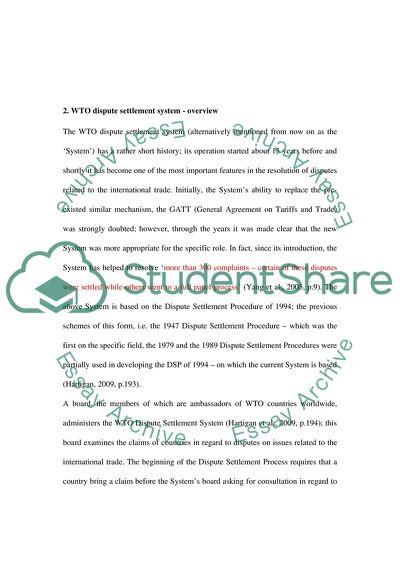Cite this document
(WTO as a Dispute Settlement Body Assignment Example | Topics and Well Written Essays - 2750 words, n.d.)
WTO as a Dispute Settlement Body Assignment Example | Topics and Well Written Essays - 2750 words. Retrieved from https://studentshare.org/law/1744785-dispute-settlement-body
WTO as a Dispute Settlement Body Assignment Example | Topics and Well Written Essays - 2750 words. Retrieved from https://studentshare.org/law/1744785-dispute-settlement-body
(WTO As a Dispute Settlement Body Assignment Example | Topics and Well Written Essays - 2750 Words)
WTO As a Dispute Settlement Body Assignment Example | Topics and Well Written Essays - 2750 Words. https://studentshare.org/law/1744785-dispute-settlement-body.
WTO As a Dispute Settlement Body Assignment Example | Topics and Well Written Essays - 2750 Words. https://studentshare.org/law/1744785-dispute-settlement-body.
“WTO As a Dispute Settlement Body Assignment Example | Topics and Well Written Essays - 2750 Words”, n.d. https://studentshare.org/law/1744785-dispute-settlement-body.


